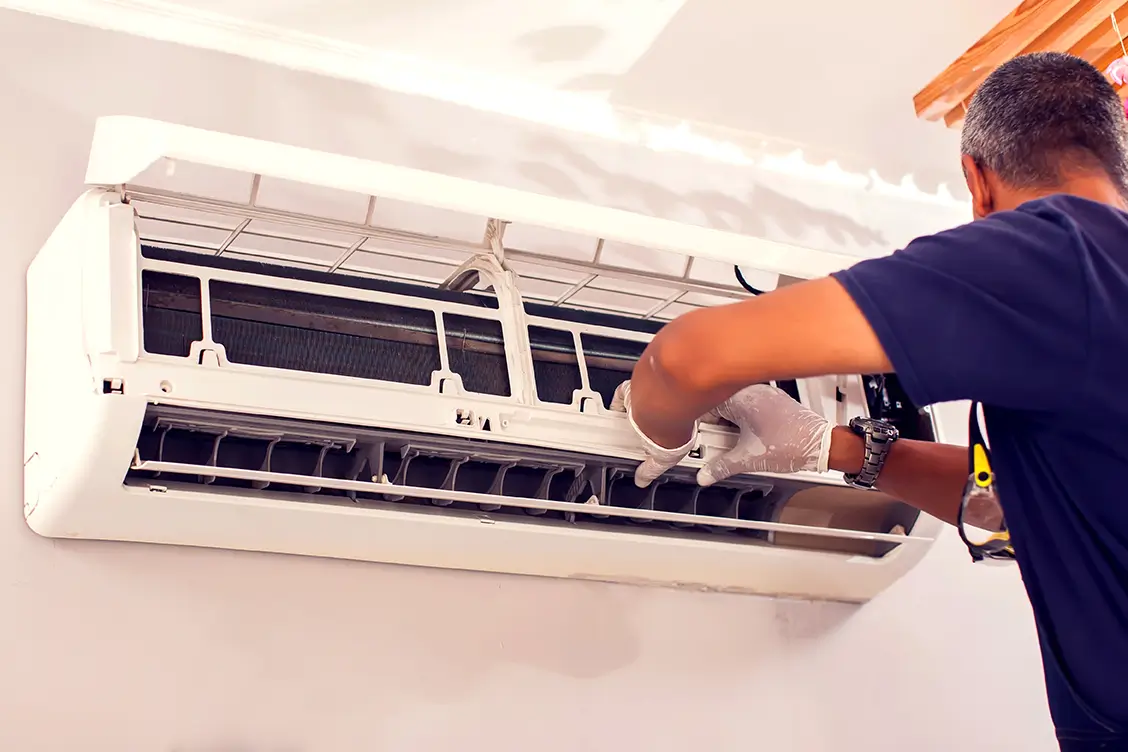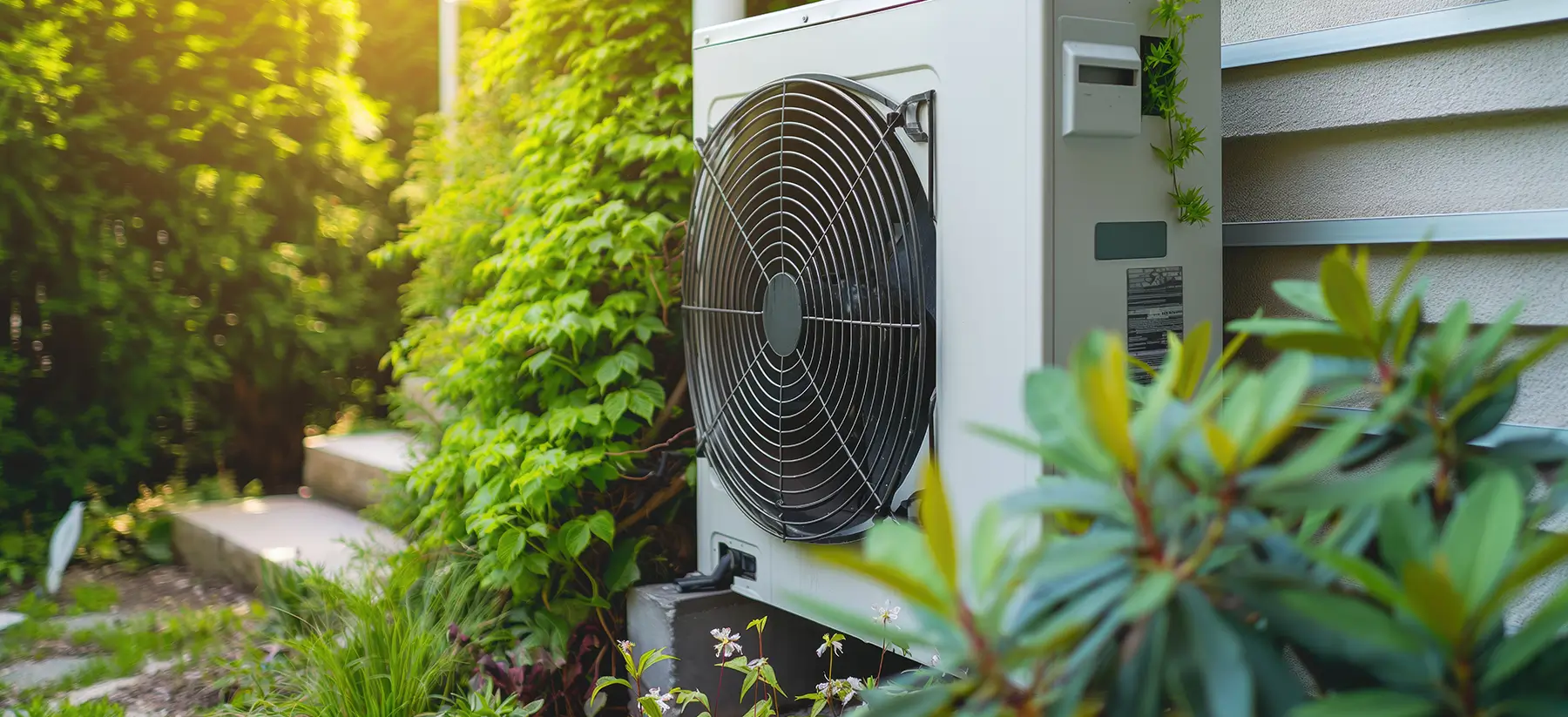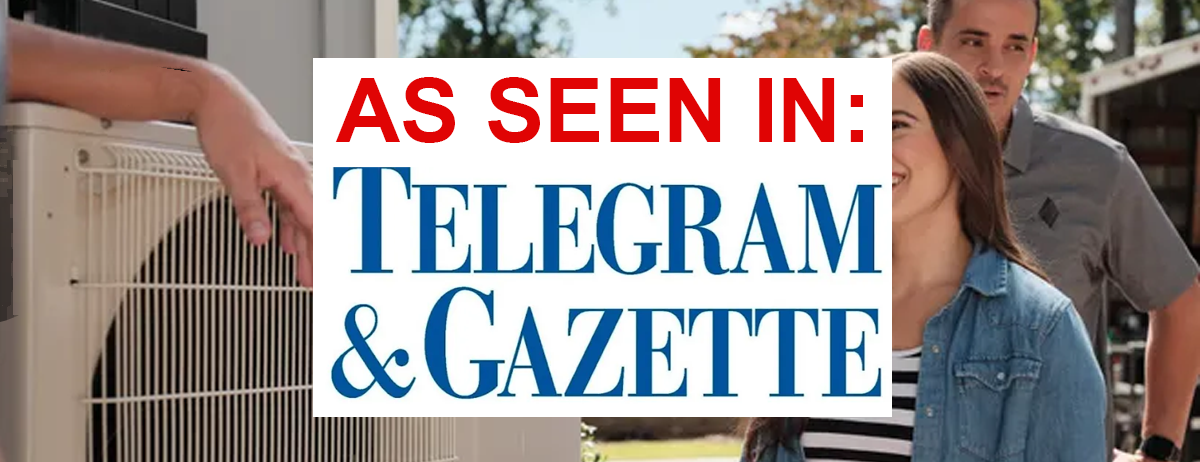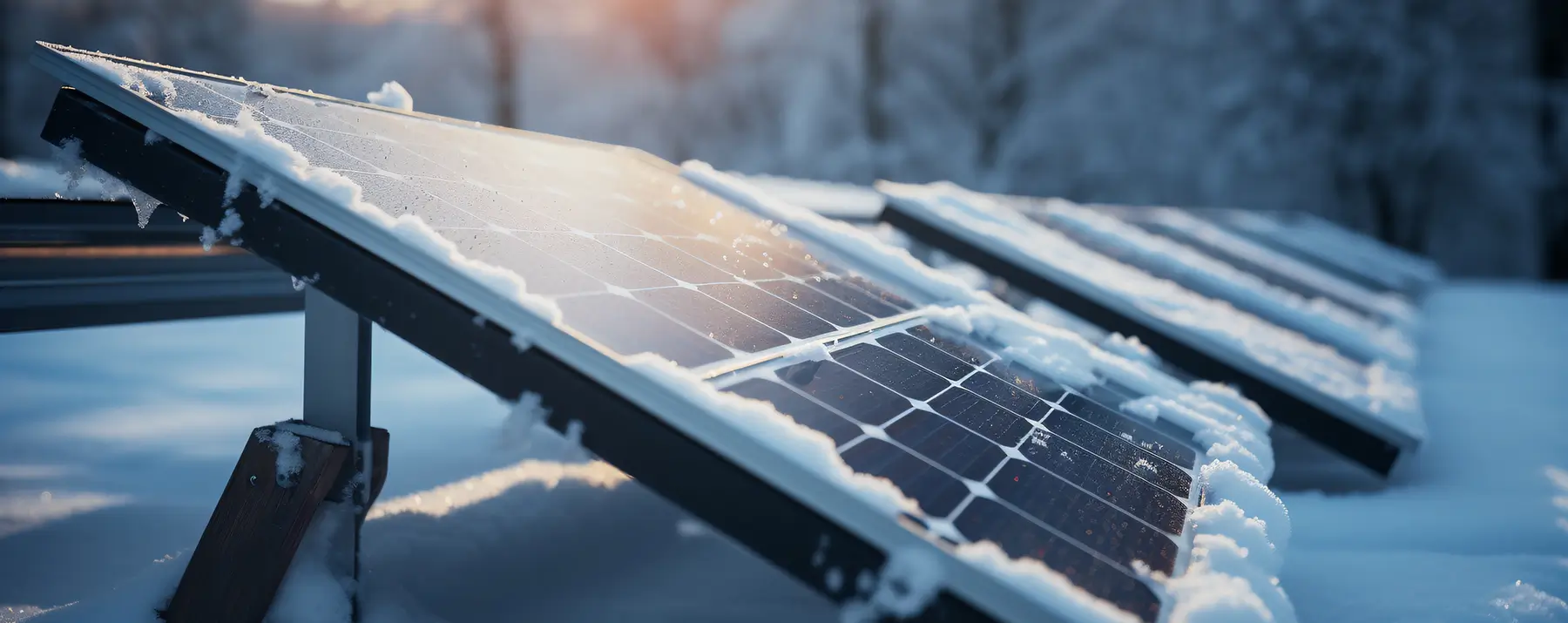Fireplaces, beloved for their inviting warmth and aesthetic appeal, often come with the challenge of inefficiency and elevated energy costs. This guide aims to address these issues, offering key strategies to enhance the efficiency of both wood-burning and gas fireplaces. Our goal is to help you enjoy the comfort and ambiance of your fireplace, while optimizing its cost-effectiveness and environmental friendliness. Here are some tips to save on fireplace heating costs and keep your home warm.
Table of Contents
Use Seasoned Firewood
Using seasoned firewood is crucial for optimizing the efficiency of wood-burning fireplaces. Seasoned wood, characterized by its low moisture content, ignites more readily and burns hotter with less smoke. To ensure a supply of quality firewood, it’s essential to store and season the wood properly in a dry, well-ventilated area. This fundamental step significantly improves the efficiency of your wood-burning fireplace.
Glass Doors
Installing glass doors on your fireplace offers numerous benefits for efficiency, regardless of whether it’s wood-burning or gas. Glass doors help contain the heat generated by the fire, preventing it from escaping up the chimney. They also act as a barrier against drafts and block smoke and embers from entering your living space. Properly maintained glass doors can significantly reduce heat loss and enhance safety.
Add Fireplace Inserts
Consider investing in a fireplace insert to improve efficiency further, especially for wood-burning fireplaces. Fireplace inserts are specialized heating units designed to fit into an existing fireplace. They come in various types, including wood-burning, gas, and pellet inserts. These inserts increase heat output and reduce heat loss, making your fireplace a more efficient source of warmth. Ensure proper installation and consult with a professional to choose the right type for your needs.
Gas Fireplace Efficiency
For gas fireplaces, efficiency can be enhanced by choosing high-efficiency models that burn gas more cleanly and effectively. Annual maintenance, including cleaning and inspecting gas fireplaces, ensures they operate at peak efficiency. Consider using a programmable thermostat to regulate the temperature and avoid overheating when the fireplace is not in use.
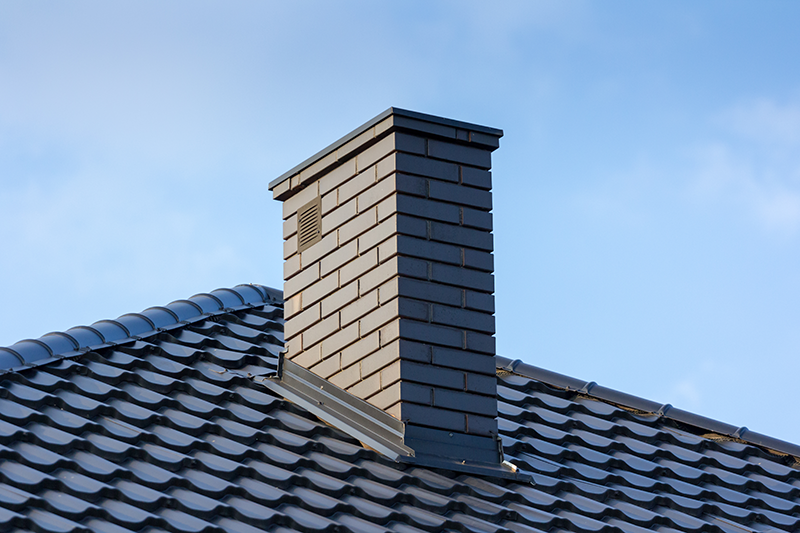
Consider Chimney Sealing
Preventing drafts and heat loss through the chimney is essential for maximizing fireplace efficiency, whether it’s wood-burning or gas. When the fireplace is not in use, seal the chimney to block cold air from entering and warm air from escaping. There are various methods for chimney sealing, including chimney dampers, chimney balloons, and chimney caps. Regular chimney inspections and maintenance are also crucial to address any issues that may affect efficiency.
Efficient Fireplace Practices
In addition to the mentioned tips, several practices can further enhance fireplace efficiency, regardless of the type. Properly arranging and lighting the fire, using dampers and air vents effectively, and ensuring the damper is closed when the fireplace is not in use all contribute to better heat retention and reduced energy waste.
Energy Savings and Environmental Impact
Optimizing your fireplace efficiency not only saves energy but also has environmental benefits, regardless of whether it’s wood-burning or gas. Using seasoned firewood and ensuring efficient combustion can reduce carbon emissions and minimize the environmental impact of your fireplace. By making your fireplace more efficient, you contribute to a greener and more sustainable home heating solution.
Summary
Transforming your fireplace, whether wood-burning or gas, into a cozy and cost-efficient heating source is achievable with the right strategies. By using seasoned firewood, installing glass doors, considering fireplace inserts (for wood-burning fireplaces), sealing the chimney, and practicing efficient fireplace use, you can enjoy the warmth and ambiance of your hearth while reducing heating costs and your environmental footprint. Make the most of this beloved home feature by implementing these tips for a comfortable and eco-friendly living space.

